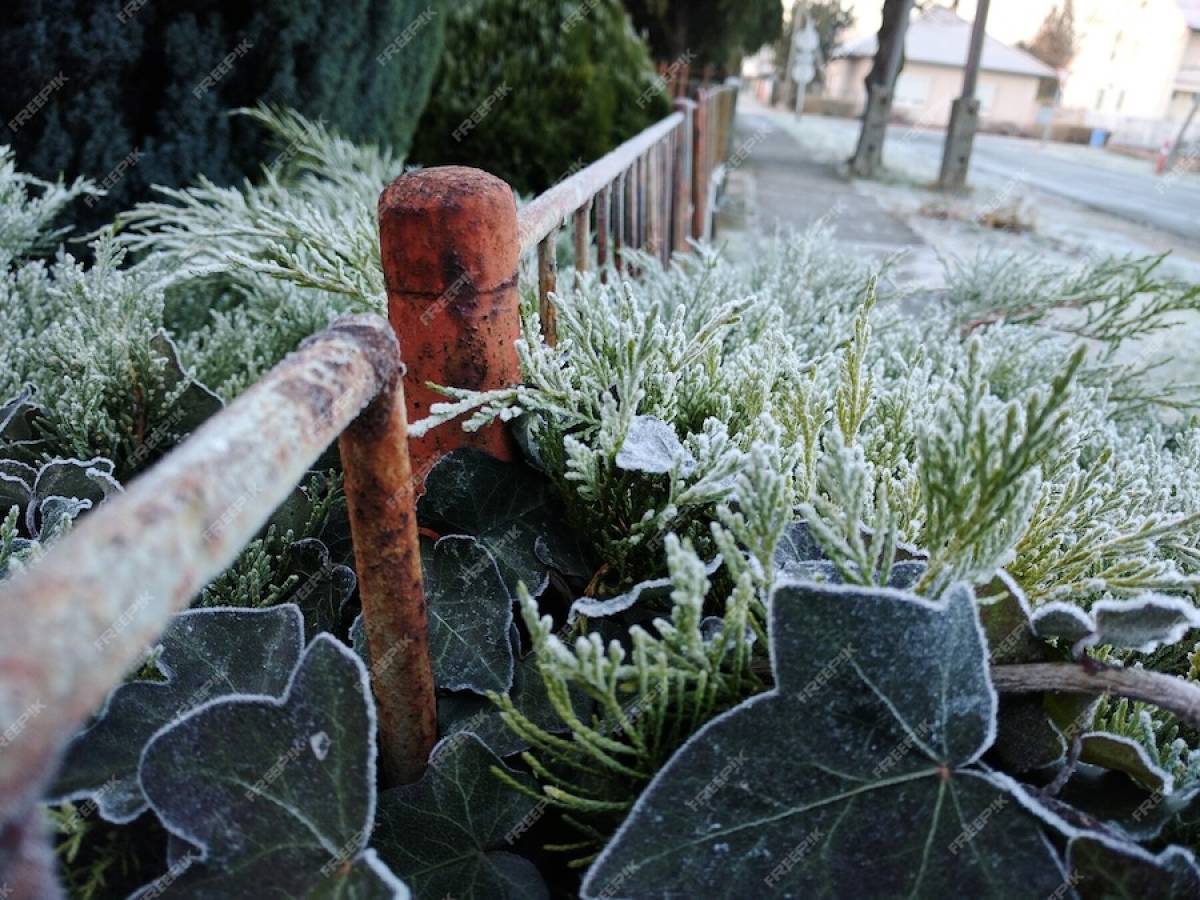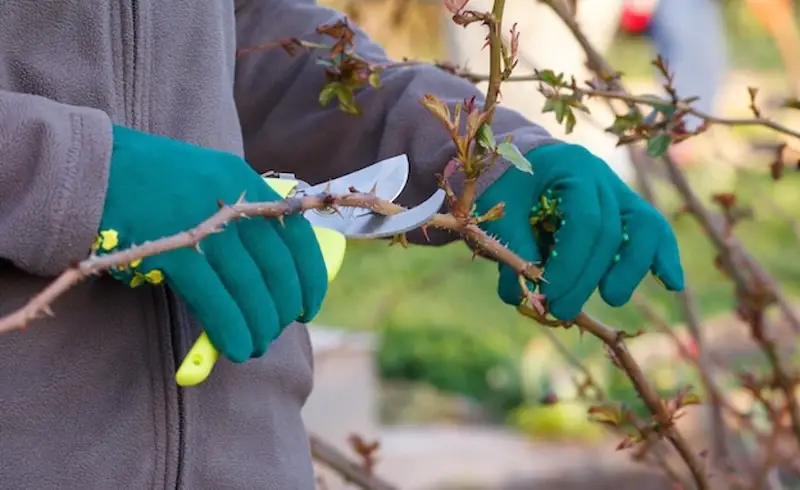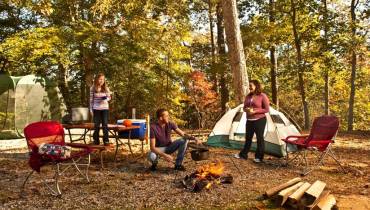Winter Gardening Questions People Are Asking AI – Answered by Experts

Learning the ins and outs of gardening can be tricky at the best of times, especially in winter when cold weather rules and your plants feel the strain.
With winter at our doorstep, it’s no surprise that more and more people are using the power of AI to ask the burning questions in the hope of quick answers.
ChatGPT is quickly becoming the go-to for reliable and quick answers on any and all subjects – including gardening. ChatGPT currently has over 180.5 million active users, seeing a staggering 1.7 billion visits in October alone. This means its ability to learn from user queries is becoming impressively thorough.
AI might have plenty of knowledge when it comes to gardening, but we’d prefer to get our answers from the gardening experts – not a robot. That’s why we’ve asked ChatGPT for the most common winter gardening questions it receives, forwarding them to the professionals behind Hayter mowers to definitively answer the most searched winter gardening questions according to AI.
How can I protect my garden from frost and freezing temperatures?
Even a light frost of 0°c can kill tender plants, so guarding against frost is a vital part of the winter gardening process. There are a few ways you can keep your plants warmer for longer, such as throwing a medium-weight blanket or row cover over them to prevent frost settling. Ensure that you cover them loosely to avoid restricting airflow.
Cold frames can also help reduce the effects of frost in your garden. Cold frames work as mini-greenhouses, protecting plants from the brunt of harsh weather and helping retain heat.
Finally, we’d recommend irrigating your soil. Moist soil keeps plants warmer, holding up to four times more heat than when the soil is dry (which in winter, it almost always is). Water well before it gets frosty – and during the night, when temperatures are at the lowest, heat will be slowly released until morning.
What should I do to prepare my garden for winter, including covering plants and outdoor furniture?
There’s plenty you can do to prepare your garden for the winter weather. Most notably, tidying up your borders, netting ponds and weeding should be at the top of your list.
Tidy borders make your garden look neater and eliminate spaces for pests to shelter in the colder weather. Make sure to give your borders a once over with mulch, too. This will give them some much-needed nutrition to stay healthy in the winter months.
Netting your pond prevents a build-up of debris and foliage that often finds its way in during severe weather. A build-up of debris causes water to go foul – that’s a headache you don’t want to worry about come spring.
Lastly, a good spot of weeding stops weeds from getting out of hand during the cold weather. Weeds spread quickly when your lawn is being used less, so pull them at the root and pre-empt them from fixing deeper into cracks in your garden.
When is the best time to prune trees and shrubs during the winter in the UK?

Winter is the perfect time to prune your trees and shrubs. The lack of leaves gives you plenty of space to prune more accurately and quickly – as well as being less messy.
Sap isn’t active during the winter either, so trees sustain less of a shock and will rejuvenate at a quicker pace. Be careful to prune in the right places, though. A bad cut can result in poor wound recovery.
What types of winter vegetables can I grow and how should I care for them?
There are plenty of hardy veggies to choose from, but these are the easiest to care for in winter weather in places like the UK:
- broccoli
- brussels sprouts
- cabbages
- leeks
- kale
- parsnips.
That’s not to say the likes of carrots, onions, turnips and winter squash can’t also make it through the winter – but these crops need some extra protection to properly flourish. Consider a cold box or greenhouse if you are dead set on growing these vegetables.
Water consistently to each plant’s individual needs and ensure temperature remains as consistent as possible.
What are the best practices for winter lawn care and maintenance?
Giving your lawn a mow on milder days can be beneficial, as long as the grass isn’t frosted over and the soil isn’t very hard.
Your mower, however, is at greater risk in the winter due to the potential for harsh weather conditions to affect the blades. It is crucial that you book your mower in for a service before you pack it away for the winter – making sure it is in good shape to return to action.
The things to avoid are scarifying your lawn and walking on the grass too often – grass will grow much slower in the winter and both of these can make the process even more difficult.
How do I prevent waterlogged soil and drainage issues during the wet winters?
Wet winters cause havoc in gardens, drowning plants that are already struggling more than they would in spring or summer.
To make sure they aren’t up against it all, build raised beds with proper drainage holes or install a simple drainage system. An easy way to do this is by digging a ditch filled with gravel that leads away from your plants.
Can I start planning and ordering seeds for the upcoming spring?
The best time to start ordering seeds for the coming spring in places like the UK is after the new year, January/February time.
If you simply can’t wait to get your hands dirty, a cold frame, heated propagator or greenhouse can speed up the waiting process. Vegetables like tomatoes, pea seeds, cabbages and cauliflowers will benefit from a well-considered head start on spring.
How can I attract and support wildlife in my garden during the winter months?
The best way to attract wildlife without compromising the aesthetic of your garden is by building intentional wildlife respite areas.
Insect hotels, bird tables, bird boxes and hedgehog dens all encourage your garden’s natural ecosystem to keep thriving.
What are the best ways to protect outdoor containers and potted plants from frost damage?
There are multiple ways you can protect potted plants from the frost.
Firstly, if you have more frost-sensitive plants, consider moving them inside. Thanks to the portable nature of potted plants, they fit right at home in a conservatory, garden or living space.
Outdoor containers can be wrapped up warm in horticultural fleece or even bubble wrap to take the edge off. Additionally, grouping potted plants together can provide natural insulation and wind shelter, further protecting them from the cold.
What are the key winter gardening tasks I should focus on to maintain a healthy garden for the following season?
On the top of your to-do list for winter should be cleaning up your garden from autumn debris, protecting plants from the cold, pruning your trees, putting out feeders for wildlife and servicing your mower ready for spring.
If you’re hung up on what to do after, there’s no harm in planning ahead for the following season by considering what to plant and where.
Now you know! Thanks to the power of AI and the knowledge of garden specialists, we can all head into our gardens this winter without scratching our heads.

![9 Tips for Managing Your Online Writing Projects Efficiently [node:titile]](/sites/default/files/styles/thumbnail_rectangle/public/open-book-laptop-online-writing-tips.jpeg?itok=iq4PIT7b)


















